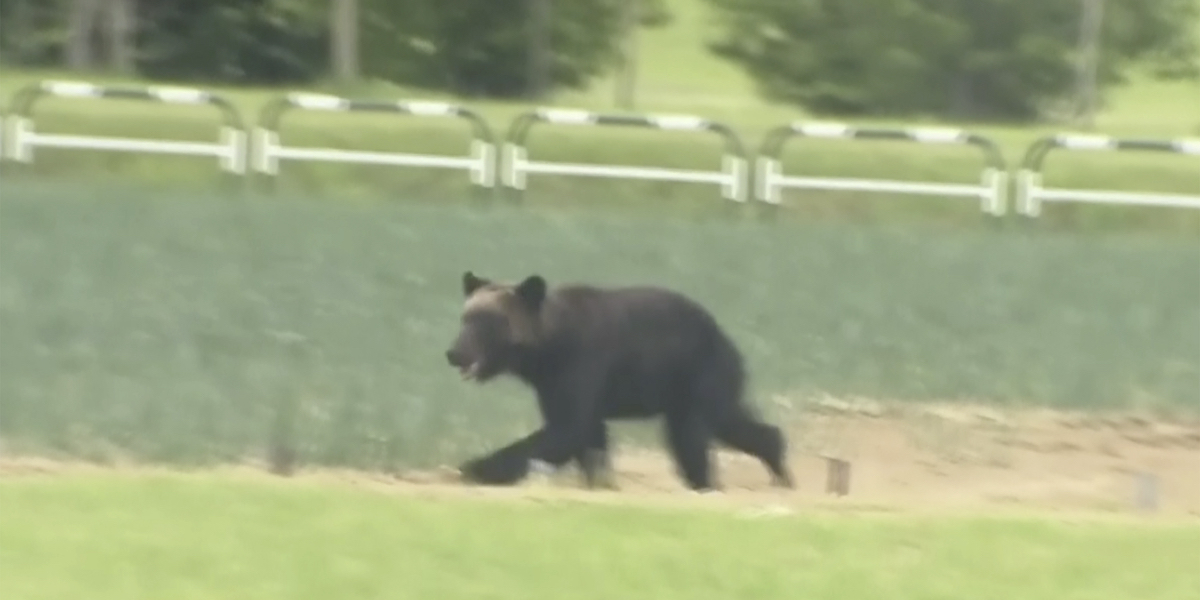Loading player
In Japan this year there has been a very high number of bear attacks on humans: there were at least 193 between April and November according to data from the Japanese Ministry of the Environment, there have never been so many since these data began to be recorded in 2006. There were 212 people involved in this year’s attacks, of which six died from their injuries. Until this year, the previous record of attacks dated back to 2020, when they were attacked 158 people.
For comparison, in Italy there have been only 7 attacks in 150 years up to 2022: the first fatal one was that of Andrea Papi last April. In Japan, however, the number of bears is much higher: there is no official updated estimate, but according to the newspaper Yomiuri Shimbun there would be more than 55 thousand throughout the country and the population is increasing. In Italy there are around 200 bears, of which 50-60 in the Apennines between Abruzzo, Lazio and Molise and the rest in Trentino.
According to Japanese experts, the increase in encounters between bears and people in the last year and the associated increase in attacks are due to the fact that after a year of great abundance of acorns and beechnuts (the fruit of beech trees), there is was one of scarcity of the same. This is why the large number of bear cubs born and raised in 2022 faced a food shortage this year, pushing them to approach areas inhabited by people in search of food. Many of the attacks occurred in inhabited areas. Three quarters of them occurred in the north of the country.
Two species of bear live in Japan: the Ussuri brown bear (The bear was wounded), which is a subspecies of the brown bear (Ursus arctos) and lives on the northern island of Hokkaido, and the Japanese black bear (Japanese Tibetan bear), which instead lives on the island of Honshu, where Tokyo is located, and in the smaller Shikoku. The Ussuri brown bear is similar in size to the Italian bears, which are brown bears (Ursus arctos) and Marsican brown bears (Martian bears): they can reach 2.5 meters in height when standing on their hind legs and weigh more than 400 kilograms. Japanese black bears, on the other hand, are smaller, reaching a maximum of one and a half meters in length and weighing 120 kilos.
According to the estimate of Yomiuri Shimbun there are 44 thousand Japanese black bears and 11,700 Ussuri brown bears.
Bears normally hibernate starting from December, and for this reason the cases of encounters with people decrease between the last month of the year and the beginning of spring. However, bear experts and authorities are warning the population to pay attention to behaviors that can encourage bear encounters and attacks even now, because the scarcity of food in recent months could push some bears not to hibernate. “Bears that did not eat enough and could not prepare for hibernation may continue to wander,” said Teruki Oka, head of the Shikoku Forestry Research Institute. al Mainichi Shimbun. Bear sightings at the end of November were once rare but in recent weeks there have been several.
Over time, in parallel with the increase in bear populations, the risk of encounters between bears and people has also increased because in Japan many rural areas have been abandoned for demographic and economic reasons, and consequently the forests have expanded.
– Read also: Behaviors to follow to avoid bear attacks
